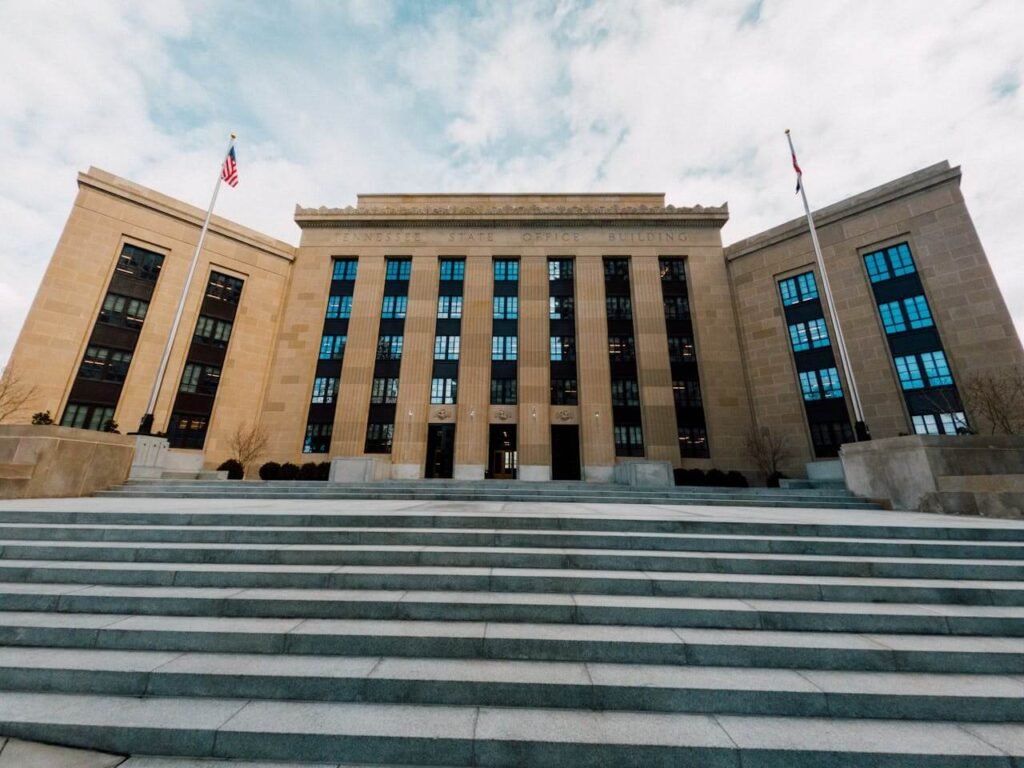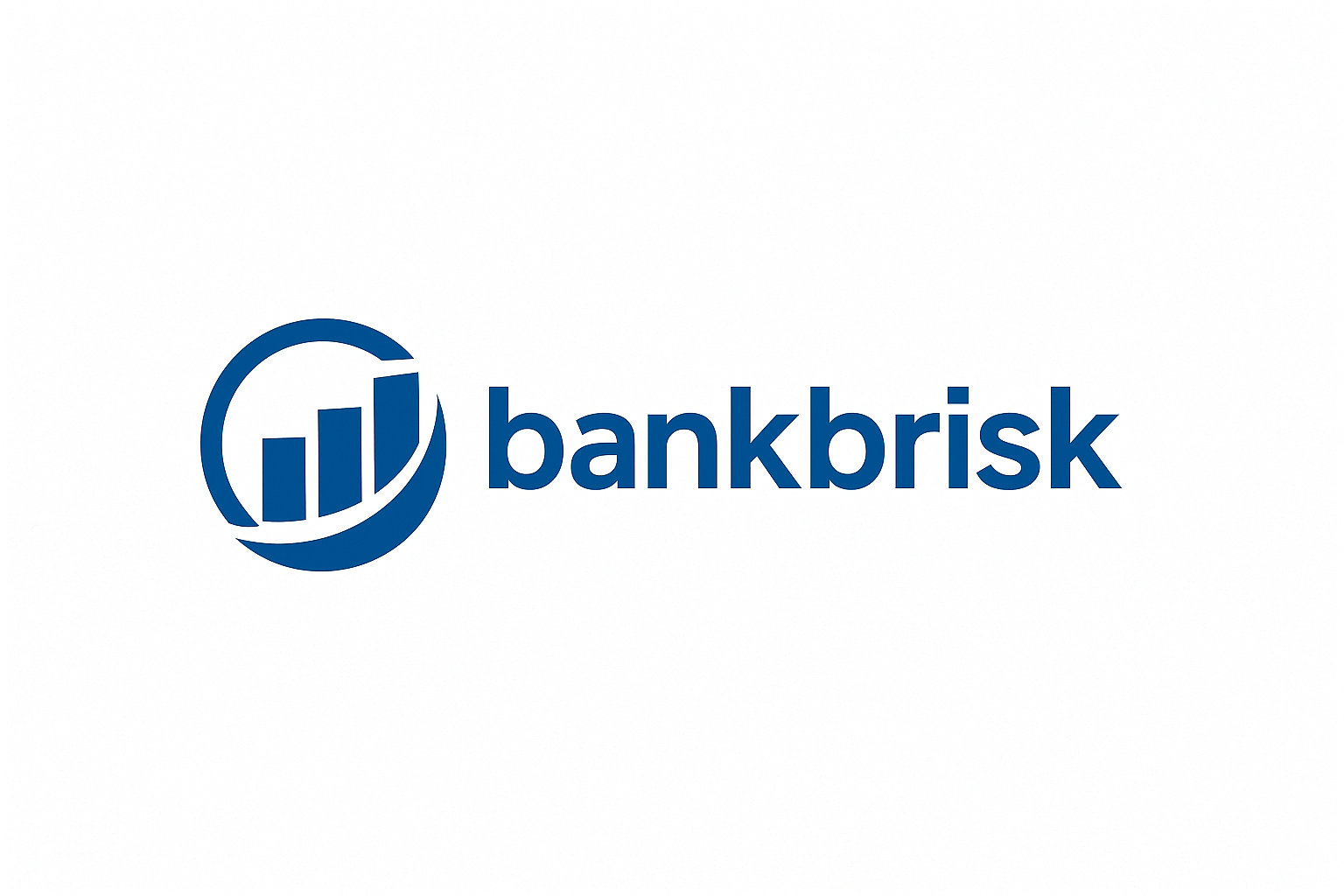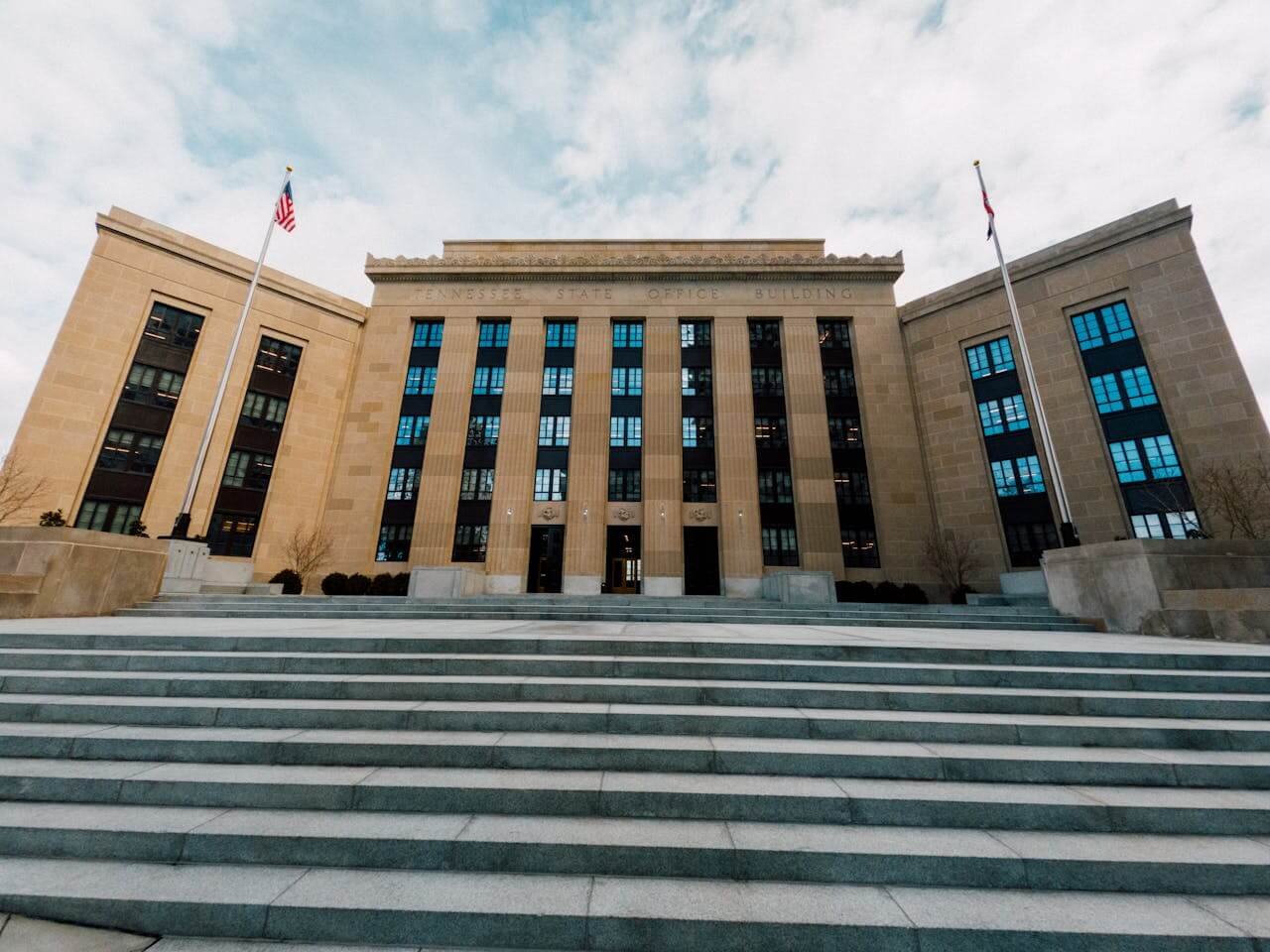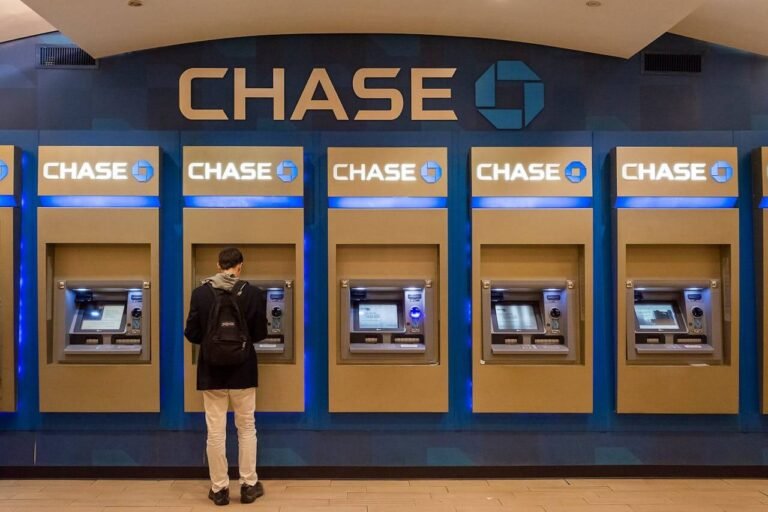The Role of Federal Reserve Rate Changes in HYSA APYs: High yield savings account rates don’t exist in isolation.
They respond directly to monetary policy decisions made by the Federal Reserve, the central bank responsible for managing the United States’ economic stability.
When the Federal Reserve adjusts its benchmark interest rate, waves ripple through the entire financial system, affecting everything from mortgage rates to credit card APRs—and critically for savers, the APYs offered on high yield savings accounts.
Understanding this relationship helps you anticipate rate changes, make informed decisions about when to lock funds into fixed-rate products versus maintaining flexibility in variable-rate accounts, and recognize that the attractive rates currently available on high yield savings accounts result from specific economic conditions rather than permanent banking industry generosity.

How the Federal Reserve Sets Policy
The Federal Reserve conducts monetary policy primarily through adjusting the federal funds rate, the interest rate at which banks lend reserves to each other overnight. The Federal Open Market Committee (FOMC), which consists of Federal Reserve governors and regional bank presidents, meets eight times annually to evaluate economic conditions and set this target rate.
The FOMC doesn’t directly control savings account rates, but its decisions establish the foundation upon which all other interest rates in the economy build. When the Fed raises or lowers the federal funds rate, it signals its monetary policy stance and influences borrowing costs throughout the financial system.
The Dual Mandate
The Federal Reserve was given two main goals by Congress: stable prices and maximum employment. The Fed must occasionally balance conflicting priorities in order to achieve these aims. In order to restrict economic activity and lessen pricing pressures, the Fed usually hikes rates during times of high inflation. The Fed frequently reduces rates to encourage borrowing, spending, and company expansion when unemployment increases or economic growth stalls.
The Fed’s inflation target sits at 2% annually as measured by the Personal Consumption Expenditures price index. This specific target, reaffirmed in the Federal Reserve’s 2025 Statement on Longer-Run Goals and Monetary Policy Strategy, guides policy decisions.
When inflation exceeds this target significantly, rate increases become more likely. When inflation falls below target or unemployment rises, rate cuts gain probability.
The Recent Rate Cycle
The current interest rate environment reflects a dramatic policy journey over recent years. After maintaining rates near zero during the pandemic to support the economy, the Federal Reserve embarked on one of the most aggressive tightening cycles in history starting in early 2022.
Inflation surged to 40-year highs in 2022, reaching over 9% by some measures. The Fed responded forcefully, raising rates at nearly every meeting throughout 2022 and into 2023. The federal funds rate climbed from near zero to a peak around 5.33% by mid-2023—the highest level in over two decades.
The Pivot to Easing
By late 2024, inflation had moderated substantially toward the Fed’s 2% target, and concerns shifted toward labor market softening. The FOMC initiated rate cuts in late 2024, continuing into 2025. At its September 17, 2025 meeting, the Committee reduced the federal funds rate target range to 4.00%-4.25%, down from the 2023 peak.
According to FOMC minutes from the September meeting, participants expressed a range of views about future rate paths, but most judged that further easing would likely be appropriate for the remainder of 2025. The committee’s projections indicated two additional quarter-point cuts by year-end 2025, which would bring rates to approximately 3.50%-3.75%.

How Banks Respond to Federal Reserve Actions
Banks don’t automatically adjust deposit rates the instant the Federal Reserve changes policy. The transmission mechanism involves several steps and timing considerations that create lag between Fed actions and savings account rate changes.
When the Fed raises its benchmark rate, banks’ costs for borrowing funds increase. They pass some of these increased costs to borrowers through higher loan rates. Simultaneously, they may raise deposit rates to attract the funds needed to support their lending activities. However, banks adjust deposit rates at their discretion based on their specific funding needs and competitive positioning.
The Asymmetry of Rate Adjustments
Banks typically raise savings account rates more slowly than they increase lending rates when the Fed tightens policy. This lag allows banks to temporarily expand their net interest margin—the spread between what they earn on loans and what they pay on deposits.
Conversely, when the Fed cuts rates, banks often reduce deposit rates relatively quickly while taking more time to lower lending rates. This pattern again expands profit margins during the transition period. For savers, this means enjoying a brief window where deposit rates remain elevated even as Fed policy loosens, followed by steady declines as banks adjust to the new rate environment.
Current Market Dynamics in October 2025
As of November 2025, high yield savings accounts continue offering competitive rates between 4.00% and 5.00% APY despite the Federal Reserve having already cut rates. This reflects the lag in bank responses to Fed policy changes and ongoing competition among online banks for deposits.
The federal funds target range was lowered by 25 basis points (0.25 percentage points) as a result of the rate cut in September 2025. According to the preview of the October 2025 FOMC meeting, the market expects more cuts during the October 28–29 meeting and possibly again in December. If this pattern persists, analysts predict that rates might reach 3.50% to 3.75% by the end of 2025.
What Savers Should Expect
High yield savings account rates will almost certainly decline throughout late 2025 and into 2026 if Federal Reserve projections materialize. Banks have already begun reducing rates from their 2023-2024 peaks. The best rates that exceeded 5.50% APY in 2023 have compressed to the current 4.00%-5.00% range, and further compression seems inevitable.
However, the gap between high yield accounts and traditional savings accounts should persist. Online banks maintain structural cost advantages allowing them to pay premium rates regardless of the absolute rate level. When the federal funds rate sat near zero in 2020-2021, the best high yield accounts still paid 0.50%-0.60% while traditional banks offered 0.01%. This multiple of 50 to 60 times demonstrates that relative advantages endure across rate cycles.
Interest Rate Risk for Savers
Variable-rate high yield savings accounts expose savers to interest rate risk—the possibility that rates will decline, reducing future earnings. This risk has materialized in the current environment as Fed policy pivots from tightening to easing.
A saver who opened a high yield account at 5.25% APY in early 2024 has likely seen that rate drop to 4.50% or lower by October 2025. This reduction, while disappointing, simply reflects changing economic conditions and monetary policy. The account remains appropriate for its purpose—safe, liquid savings—but delivers lower returns than during the peak rate period.
Strategies for Managing Rate Risk
Savers concerned about declining rates have several options. First, they can accept rate variability as the inherent nature of high yield savings accounts, recognizing that rates will fluctuate with economic cycles. This approach makes sense for emergency funds and money requiring liquidity regardless of rate levels.
Second, savers can lock in current rates through certificates of deposit for money they won’t need immediately. While CD rates have also declined from peaks, opening a 12-month CD at 4.25% today guarantees that rate for one year despite potential further Fed cuts. Tools like a CD calculator help evaluate whether locking in rates makes financial sense for specific situations.
Third, savers can implement CD ladders spreading funds across multiple maturity dates, providing both rate stability and periodic liquidity as CDs mature. This balanced approach captures some rate protection while maintaining flexibility.
The Federal Reserve’s Communication
The Federal Reserve has become increasingly transparent about its policy intentions over recent decades. This forward guidance helps financial markets and institutions anticipate rate changes and adjust accordingly, theoretically reducing volatility and uncertainty.
Chair Jerome Powell’s press conferences following FOMC meetings provide extensive insight into policymakers’ thinking. The Summary of Economic Projections, released quarterly, shows individual members’ forecasts for appropriate policy rates. FOMC meeting minutes, published three weeks after each meeting, detail internal debates and considerations.
Interpreting Fed Signals
Savers who follow Federal Reserve communications can better anticipate savings rate trajectories. When the Fed signals additional cuts are likely—as it did in September 2025 with projections showing two more cuts by year-end—high yield account rates will probably continue declining.
Conversely, when the Fed pauses rate changes or signals that policy has reached neutral levels, savings rates typically stabilize. The Fed’s current guidance suggests continued easing through 2025, followed by a slower pace of cuts in 2026 and 2027, eventually settling around 3% as a neutral rate. This roadmap indicates that savings rates have further to fall before stabilizing.
Comparing Rate Environments
Historical context helps evaluate current high yield savings rates. During the decade following the 2008 financial crisis, the federal funds rate remained between 0% and 2.50% for most of that period. High yield savings accounts during those years typically paid 0.50% to 2.00% APY—far below current levels but still substantially better than traditional banks.
The 2022-2023 rate spike created an unusually favorable environment for savers. Earning 5.00% or more on completely safe, liquid savings represented a generational opportunity that hadn’t existed since before the 2008 crisis. As rates normalize downward, the “golden age” for savers moderates, though conditions remain historically attractive compared to the 2010s.
Long-Term Perspective
Interest rates move in cycles reflecting broader economic conditions. The extremely low rates of 2009-2021 were abnormal, just as the 5.00%+ rates of 2023-2024 represented the opposite extreme. As the Federal Reserve navigates toward its projected neutral rate around 3%, savings account rates will likely settle into a more moderate range—perhaps 2.50%-3.50% for high yield accounts.
This normalization doesn’t eliminate the value of high yield accounts. Even at 3.00% APY, these accounts will significantly outperform traditional savings paying 0.40% or checking accounts earning nothing. The relative advantage persists regardless of absolute rate levels.
Bank Competition and Market Forces
Federal Reserve policy provides the foundation for interest rates, but competition among banks determines specific APYs offered on high yield savings accounts. Some banks maintain aggressive pricing to attract deposits for growth, while others reduce rates to levels just competitive enough to retain existing customers.
Online banks face intense competition for visibility and market share. Without physical branches creating natural customer acquisition channels, they rely on competitive rates to attract deposits. This dynamic benefits savers as banks compete to offer top rates within the constraints of profitability.
Rate Shopping Remains Critical
Even as Federal Reserve policy pushes rates generally downward, significant variation exists among individual institutions. In October 2025, the spread between the highest and median high yield account rates spans approximately 0.50% to 0.75%—a meaningful difference on large balances.
Savers should regularly compare their current accounts against market leaders. If your bank has reduced rates to 3.75% while competitors offer 4.50%, switching accounts delivers substantially better returns. The effort required to open a new account and transfer funds—perhaps two hours total—generates hundreds of dollars in additional annual interest on a $15,000 balance.
Economic Indicators That Influence Fed Policy
Understanding the economic data the Federal Reserve monitors helps anticipate policy changes. The Fed considers numerous indicators when setting policy, but several receive particular attention.
The unemployment rate measures labor market health. When unemployment rises, indicating economic weakness, the Fed tends toward rate cuts to stimulate job creation. The September 2025 FOMC minutes noted concerns about labor market softening as a factor supporting further rate cuts.
Policy is directly impacted by inflation measures, especially the Personal Consumption Expenditures price index. While inflation at or below the 2% target allows for rate reduction, inflation over the target puts pressure on rate rises. The Fed’s goal inflation rate is currently close to 3%, indicating progress but not yet complete success.
GDP Growth and Financial Conditions
Gross Domestic Product growth rates indicate overall economic strength. Very strong growth combined with high inflation might prompt rate increases, while weak growth alongside low inflation suggests cuts. The Fed also monitors financial conditions broadly—credit availability, market volatility, and stress indicators that might warrant policy responses.
For savers, following these indicators provides insight into likely Fed actions. Weakening employment data, declining inflation, or financial market stress all increase the probability of rate cuts—and consequently, lower savings account APYs. Strong economic growth with rising inflation suggests stable or potentially increasing rates.
Planning Around Rate Changes
Savers cannot control Federal Reserve policy, but they can adapt their strategies to changing rate environments. When rates are declining, locking in current rates through CDs for funds not needed immediately makes sense. When rates are rising, maintaining flexibility in variable-rate accounts allows capturing increasing yields.
The current environment with Fed policy clearly signaling further cuts favors action. Savers with money they won’t need for 12-24 months might benefit from opening CDs at today’s rates before they decline further. Emergency funds should remain in high yield savings accounts despite anticipated rate reductions, as liquidity requirements override rate optimization for these dollars.
Using Calculators for Planning
Tools like a high yield savings account calculator help project earnings under different rate scenarios. Input your current balance, expected contributions, and alternative interest rate assumptions reflecting potential Fed actions. These projections reveal how much declining rates might cost in foregone interest and whether strategies like CD ladders or higher-rate account switches justify the effort.
The Bottom Line on Fed Policy and Savings Rates
APYs for high yield savings accounts are mostly driven by the Federal Reserve interest rate policy. Savings rates increase, often slowly, when the Fed hikes rates to fight inflation. Savings rates decline—again with some delay—when the Fed lowers rates to promote growth and employment.
The current trajectory points clearly toward lower rates throughout late 2025 and 2026. Savers should expect high yield account APYs to decline from current levels, though they will likely remain substantially higher than traditional savings accounts. This relative advantage persists because of structural differences in bank business models rather than temporary market conditions.
Understanding this connection between Fed policy and your savings account rate helps set realistic expectations and guides strategic decisions about where to keep different portions of your savings. While declining rates disappoint savers who enjoyed the elevated yields of 2023-2024, high yield savings accounts remain valuable tools for emergency funds and short-term savings even at lower absolute rate levels.
The Federal Reserve will continue adjusting policy based on evolving economic conditions. Inflation, employment, growth, and financial stability all influence these decisions. By staying informed about Fed policy and regularly reviewing your savings account options, you maximize returns within the rate environment that monetary policy creates.




